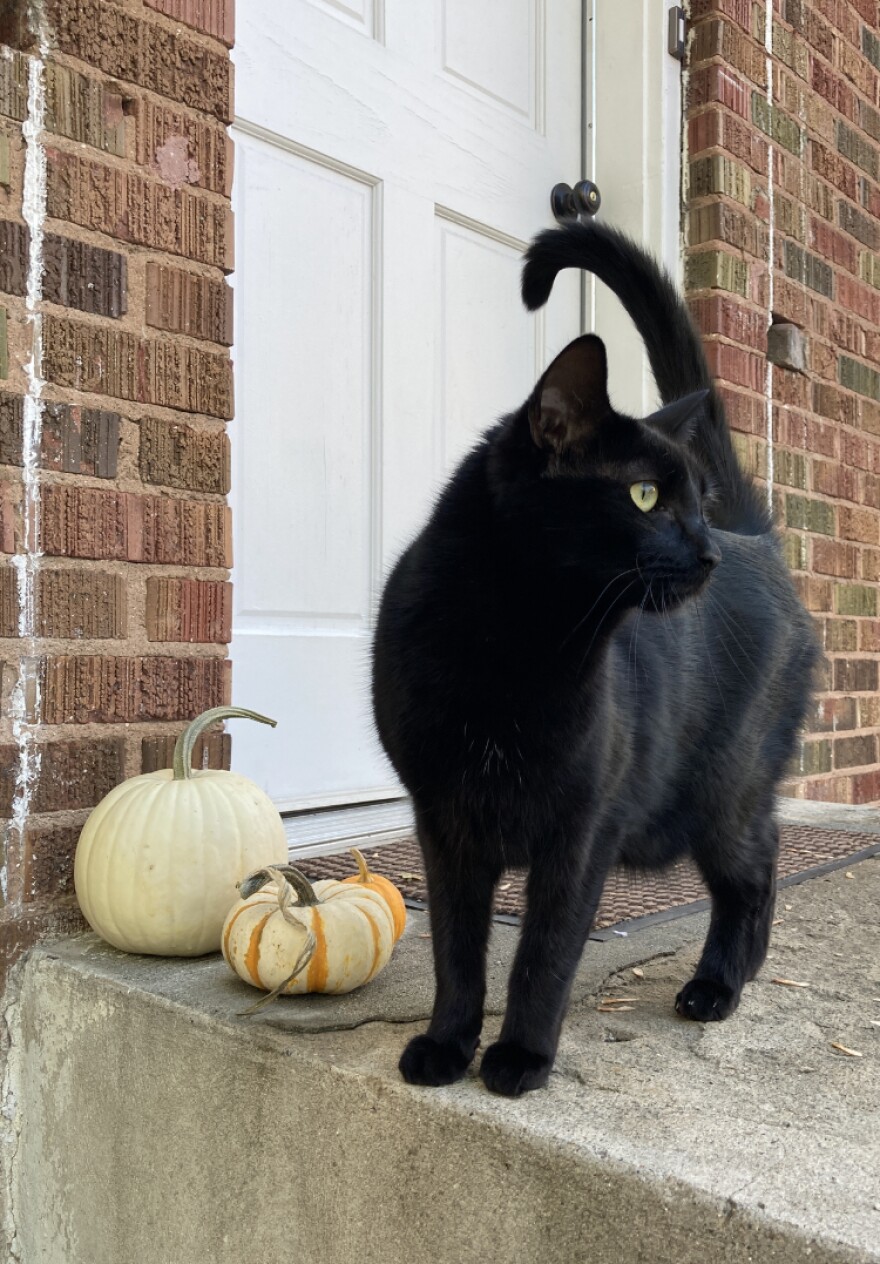Often seen as symbols of witchcraft or bad luck in Western cultures, black cats are featured prominently on Halloween decorations and in ghost stories. Jeannie Thomas, professor of folklore at Utah State University, said that the association of black cats with evil traces back to a papal decree issued in the 1230s that references them as part of the rituals of a Satanic cult.
“I think in the US, our association of … black cats with witches and Halloween comes from illustrations, seeing all those Halloween cards and cartoons and all that history over the years,” Thomas said.
Caesarea Kritz, Assistant Cat Manager at the Cache Humane Society, said that in her four years at the shelter, black cats seem to be adopted as often as cats of other colorings, despite their spooky associations.
“When it comes down to it … I do think most people are picking a cat, that … gave them what they were looking for in a companion animal and tend to see color and sex and age as secondary attributes,” Kritz said.
One thing Kritz loves about cats is their independence.
“They don't necessarily need or want anything from you, except for when it's on their own terms. ... If they want the attention, they'll come up to you, if they just want to take a nap, they'll just go take a nap,” Kritz said.
Thomas said cats’ independence may be one reason they were historically viewed with distrust, particularly in a religious context.
“Cats are independent, you know, they're going to do their thing. And so they didn't get quite fully Christianized," Thomas explained. "Those animals are pretty much written off as demonic.”
For those who appreciate an independent pet, Kritz said cats of any coloring are a good choice, offering comfort and companionship without too many expectations.



